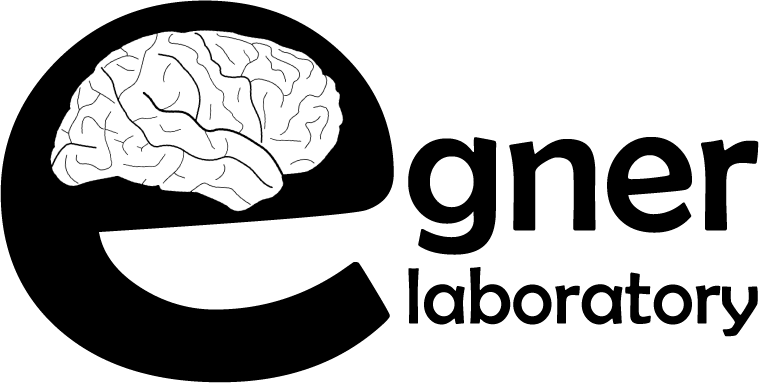Research Interests
The Egner lab seeks to understand the cognitive and neural mechanisms of adaptive behavior, the ability to flexibly match thoughts and actions to changing circumstances. We pursue this endeavor via an integrative cognitive neuroscience approach that bridges the domains of perception, memory, attention, action, control, and decision-making. As methodological tools, we employ psychophysics, functional magnetic resonance imaging (fMRI), transcranial magnetic stimulation (TMS), and computational modeling.
One core interest of our lab concerns how the human brain exploits prior experience and current context to predict forthcoming stimuli in adaptive visual cognition. Another major line of research investigates how we strategically adapt our cognitive processing strategies to changing circumstances, known as the study of cognitive control.
Adaptive Visual Cognition
The core ingredient for adaptive behavior is memory: we understand the world around us by relating the flow of incoming sensory information to previous experience, thus inextricably linking memory and perception. By retrieving past episodes that resemble our present situation, we can predict what is likely to happen next. One of our research programs, therefore, aims to understand the neuro-computational mechanisms of predictive coding, the use of context-sensitive expectations to facilitate visual cognition.
For example, we have shown distinct neural signatures in visual cortex when processing expected compared to unexpected stimuli [1, 2], and we are investigating how these effects of expectation may interact with attention [3, 4].
Cognitive Control
While we think of memory as the fundamental building block of cognition, humans are capable of producing adaptive behavior that runs counter to our learning history, using contextual information (e.g., “I’m in London”) to override habitual responses (driving on the right side of the road) in favor of more goal-conducive actions. This capacity is referred to as cognitive control and it requires the formation of temporary memory ensembles that link responses to stimuli in novel ways, known as a working memory. Much research in our lab is aimed at understanding how the brain supports these control processes.
For example, we investigate how cognitive control resolves competing stimulus and response representations [5, 6], how people learn to match control states to changing task demands [7, 8], and what the exact relationship is between working memory and attention [9, 10].
To learn more about our work, please visit our list of publications and associated commentaries and news reports.
References
1 Summerfield C, Trittschuh EH, Monti JM, Mesulam MM, Egner T. (2008). Neural repetition suppression reflects fulfilled perceptual expectations. Nature Neuroscience, 11, 1004-6.
2 Egner, T., Monti, J. M., Summerfield, C. (2010). Expectation and surprise determine neural population responses in the ventral visual stream. Journal of Neuroscience, 30(49): 16601-16608.
3 Summerfield, C. & Egner, T. (2009). Expectation (and attention) in visual cognition. Trends in Cognitive Sciences, 13 (9), 403-409.
4 Jiang, J., Summerfield, C., Egner, T. (2013). Attention sharpens the distinction between expected and unexpected percepts in the visual brain. Journal of Neuroscience, 33(47):18438-18447.
5 Egner, T., Hirsch, J. (2005). Cognitive control mechanisms resolve conflict through cortical amplification of task-relevant information. Nature Neuroscience, 8, 1784-1790.
6 Egner, T. (2008). Multiple conflict-driven control mechanisms in the human brain. Trends in Cognitive Sciences, 12, 374-80.
7 Jiang, J., Brashier, N., Egner, T. (2015). Memory meets control in hippocampal and striatal binding of stimuli, responses, and attentional control states. Journal of Neuroscience, 35:14885-14895.
8 Jiang, J., Beck, J.M., Heller, K., Egner, T. (2015). An insula-frontostriatal network mediates flexible cognitive control by adaptively predicting changing control demands. Nature Communications, 6: 8165, doi: 10.1038/ncomms9165.
9 Kiyonaga A. & Egner, T.(2014). The working memory stroop effect: when internal representations clash with external stimuli. Psychological Science, 25(8), 1619-1629.
10 Kiyonaga, A. & Egner, T. (2016). Center-surround inhibition in working memory. Current Biology, 26: 64-68.


